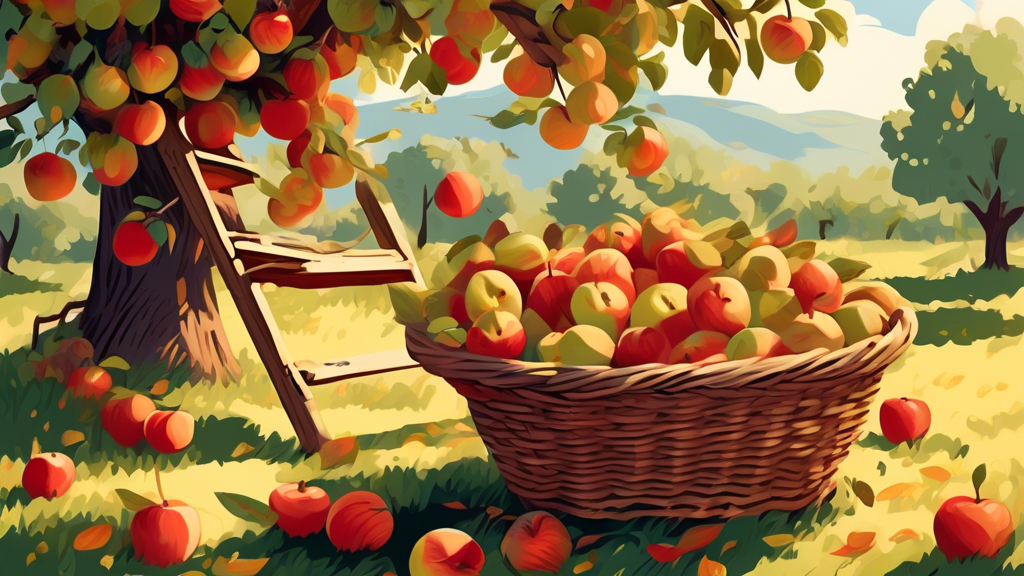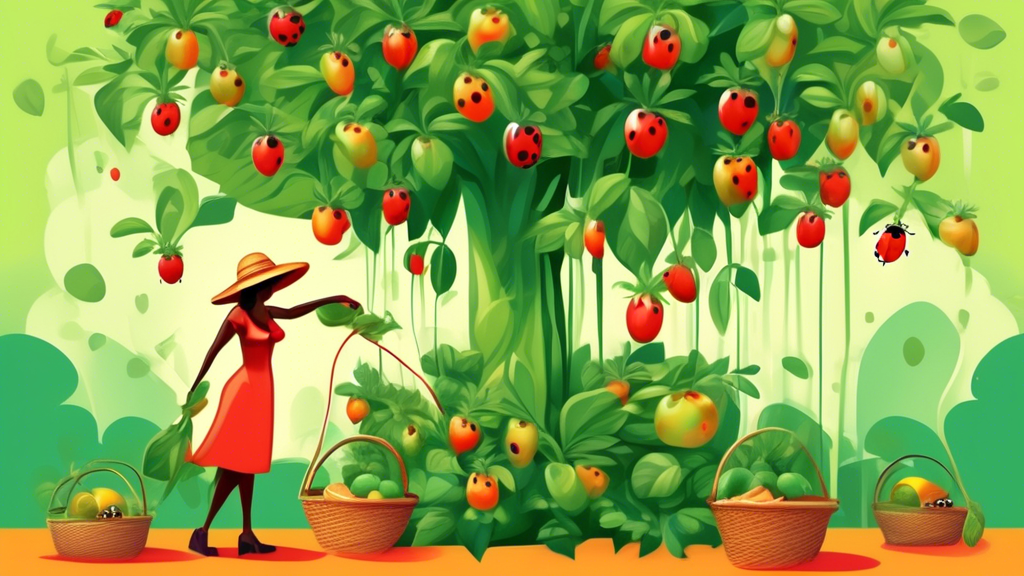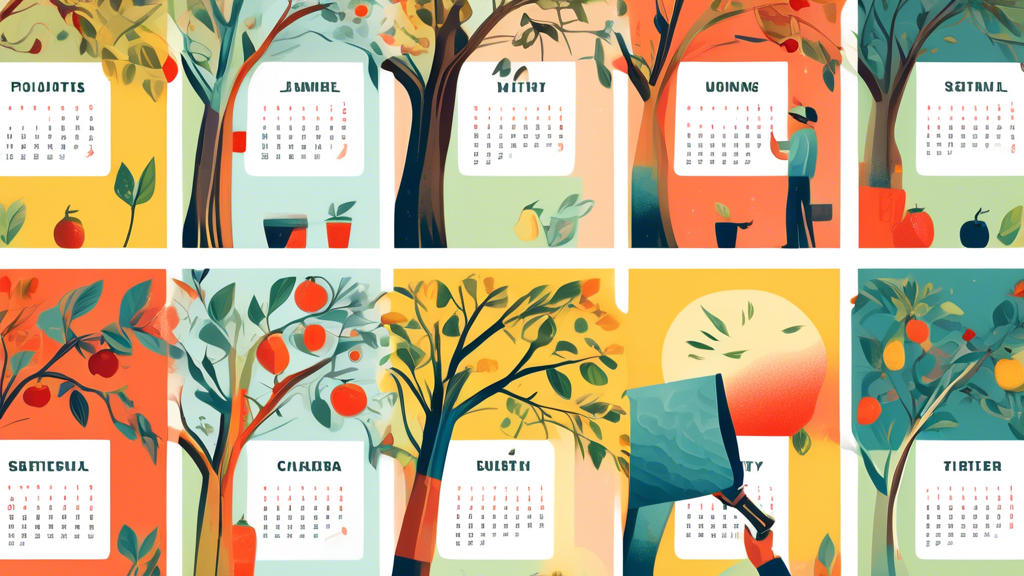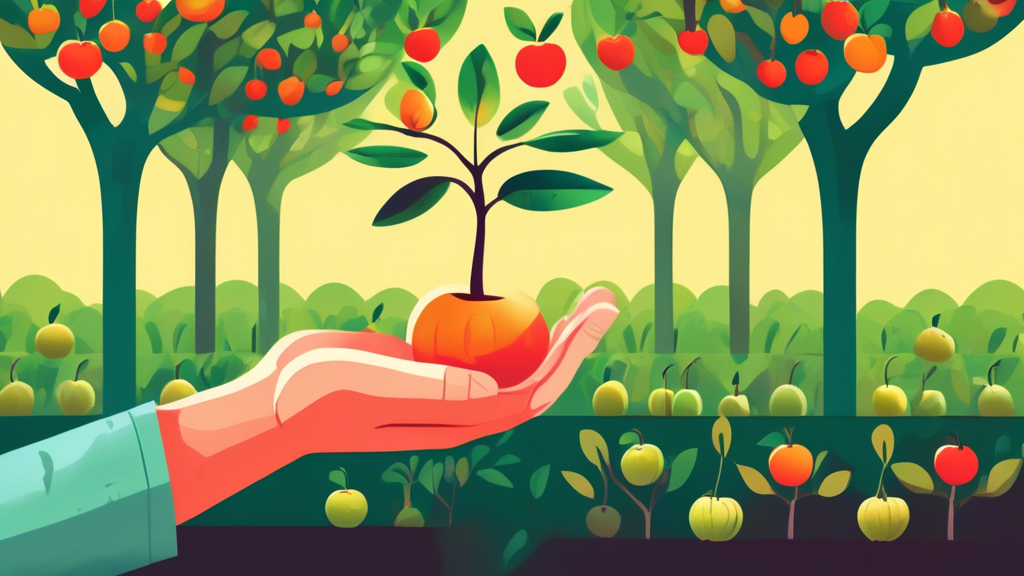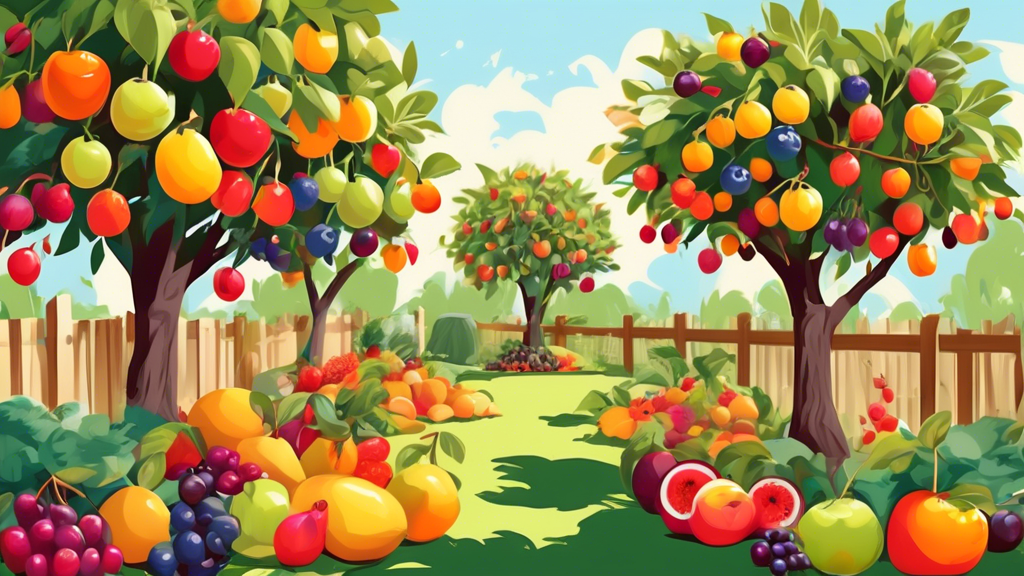
Why Grow Your Own Fruit? The Sweet Rewards
Unbeatable Flavor and Freshness
There is simply no comparison between a fruit picked ripe from your own tree and one that has been shipped, stored, and sat on a grocery store shelf. Homegrown fruit offers peak flavor, texture, and nutritional value.
Knowing Exactly What’s In Your Food (Pesticide-Free)
When you control the growing process, you decide what goes on your trees. You can choose organic methods, avoid harmful pesticides, and enjoy the peace of mind that comes with growing your own food.
The Joy and Satisfaction of Homegrown Harvests
The process of nurturing a tree from a sapling to a fruit-bearing plant provides a deep sense of accomplishment and a tangible connection to nature that is both rewarding and therapeutic.
Navigating Common Home Gardening Challenges
“I Don’t Have Enough Space!”
Limited space is one of the biggest hurdles for aspiring fruit growers. Fortunately, modern horticulture has several solutions.
- Dwarf & Semi-Dwarf Rootstocks: These are genetically smaller trees, allowing you to grow full-sized fruit in a compact form.
- Espalier Training: This ancient technique involves training trees to grow flat against a wall or fence, saving immense horizontal space.
- Multi-Graft Trees: A single tree is grafted with several different varieties, giving you multiple flavors from one trunk.
“My Tree Never Produces Fruit!”
A tree that flowers but doesn’t fruit can be frustrating. The issue often boils down to a few key factors.
- Pollination Needs: Some trees are self-fertile, while others require a second, compatible tree nearby for cross-pollination.
- Insufficient Sunlight: Most fruit trees require a minimum of 6-8 hours of direct sun daily to produce energy for fruit.
- Incorrect Chill Hours: Many trees need a certain number of cold winter hours (below 45°F) to break dormancy and set fruit properly.
“Pests and Diseases Ruin My Harvest!”
Prevention is the best cure when it comes to garden health.
- Disease-Resistant Varieties: Start with trees bred for resistance to common issues like apple scab or fire blight.
- Proper Spacing and Pruning: Good air circulation through the canopy prevents the damp conditions where fungi thrive.
- Organic Pest Control: Introduce beneficial insects, use horticultural oils, or employ physical barriers like netting.
How to Choose the Right Fruit Tree for Your Garden
Assess Your Climate and “Chill Hours”
Your USDA Hardiness Zone is your starting point. More specifically, research the “chill hour” requirement of a tree and compare it to the average in your area. A tree that doesn’t get enough cold will struggle to fruit.
Evaluate Your Sunlight and Soil Conditions
Observe your garden. Does your chosen spot get full sun? Is the soil well-draining, or is it heavy clay? Most fruit trees demand excellent drainage to prevent root rot.
Be Realistic About Your Available Space
Measure your space and research the mature size of the tree, including its rootstock. A standard apple tree can span 30 feet, while a dwarf might only reach 8 feet.
Consider Your Patience and Maintenance Level
Some trees, like figs, are relatively low-maintenance. Others, like peaches, require diligent pruning and spraying. Be honest about the time you can commit.
Top Fruit Tree Contenders for the Home Gardener
The Easy-Going Classics (Great for Beginners)
- Apples: Dwarf varieties like ‘Honeycrisp’ or ‘Fuji’ are prolific and manageable.
- Pears: European varieties like ‘Bartlett’ or the hardy ‘Kieffer’ are reliable producers.
- Plums: Self-fertile varieties like ‘Stanley’ eliminate pollination guesswork.
Sun-Lovers for Warm Climates
- Citrus: Dwarf ‘Meyer’ Lemon or ‘Calamondin’ Orange thrive in containers and warm patios.
- Figs: Varieties like ‘Brown Turkey’ or ‘Celeste’ are heat-loving and produce sweet, jam-like fruit.
- Peaches & Nectarines: Dwarf varieties like ‘Bonanza’ are perfect for small, sunny spots.
Unique & Space-Saving Choices
- Columnar Apples: These trees grow tall and very narrow, perfect for lining a path or patio.
- Multi-Graft Trees: Get a “fruit salad” from a single tree, with different apples, plums, or cherries on one trunk.
- Pawpaws: A native North American tree that produces large fruits with a tropical, custard-like flavor.
Head-to-Head: Fruit Tree Comparisons
Dwarf vs. Standard Trees: Which is Truly Best for You?
| Feature | Dwarf Tree | Standard Tree |
|---|---|---|
| Mature Height | 8-10 feet | 20-30 feet |
| Time to First Harvest | 2-3 years | 5-8 years |
| Lifespan | 15-20 years | 35+ years |
| Yield | 1-2 bushels | 10-20 bushels |
| Ideal For | Small gardens, containers, easy harvesting | Large properties, orchards, long-term legacy |
Self-Fertile vs. Cross-Pollinating Trees
| Pollination Type | How It Works | Examples | Best For |
|---|---|---|---|
| Self-Fertile (Self-Pollinating) | The tree can pollinate its own flowers with its own pollen. You only need one tree to get fruit. | Most peaches, apricots, sour cherries, ‘Stanley’ plum, ‘Brown Turkey’ fig. | Gardeners with space for only one tree. |
| Cross-Pollinating | The tree requires pollen from a different, compatible variety of the same fruit type to produce fruit. | Most apples, pears, sweet cherries, Japanese plums. | Gardeners with space for two or more trees, or those with neighbors who have compatible trees. |
Pro Tip: The Secret is in the Rootstock
Here’s a fact that surprises many new gardeners: when you buy a grafted fruit tree, the part that determines the tree’s ultimate size, disease resistance, and soil adaptability is the rootstock—the bottom part of the tree with the roots. The top part (the scion) only determines the variety of the fruit. This means you can grow a full-sized ‘Honeycrisp’ apple on a tiny dwarf tree simply because it’s grafted onto a dwarfing rootstock. Always ask your nursery about the rootstock to ensure it matches your garden’s conditions.
Frequently Asked Questions (FAQs)
How long does it take for a fruit tree to bear fruit?
This varies significantly. Dwarf trees may produce in 2-3 years, while standard trees can take 5-8 years or more. Berries and figs are often the quickest to fruit.
Can I grow a fruit tree in a container?
Absolutely! Dwarf and semi-dwarf varieties are excellent for container growing. Use a large pot (15-20 gallons) with good drainage and a quality potting mix.
What is the most low-maintenance fruit tree?
Figs, persimmons, and pawpaws are generally considered some of the most low-maintenance choices, as they have fewer pest and disease problems than trees like peaches or apples.
Do I need to plant two of the same tree to get fruit?
Only if the tree is not self-fertile and requires a cross-pollinator. Always check the specific variety’s pollination requirements before purchasing.
When is the best time of year to plant fruit trees?
In most climates, the ideal time is during the dormant season—late fall after leaf drop or early spring before buds break. This allows the tree to establish roots before the stress of summer heat.
Your First Steps to a Bountiful Harvest
Success in growing fruit trees hinges on one crucial step: matching the right tree to your specific garden conditions. Don’t be swayed by the fruit alone; consider your climate, space, and commitment. Start with one or two easy, disease-resistant varieties to build your confidence and gardening skills. With thoughtful planning and a little patience, the journey of choosing and nurturing the best fruit trees for your home garden will be a profoundly rewarding and delicious achievement.
